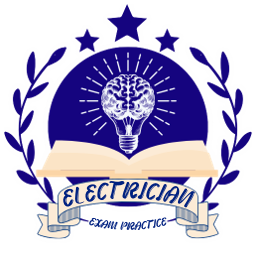Understanding NEC Article 371: Flexible Bus Systems
Introduction
NEC Article 371 provides comprehensive guidelines for the use, installation, and construction of flexible bus systems. These systems, recognized as a modern wiring method, offer a versatile and efficient solution for power distribution in diverse applications. Flexible bus systems must be listed, designed, and installed under qualified engineering supervision to ensure safety and compliance.
Scope
This article applies to flexible bus systems and their associated fittings, outlining their use in services, feeders, and branch circuits for indoor and outdoor installations, including damp or corrosive environments when properly listed.
Key Features of Flexible Bus Systems
- Construction:
- Made of flexible insulated bus conductors supported within listed fittings and structures.
- Suitable for high-current applications with customizable configurations.
- Marking Requirements:
- Clearly marked with the manufacturer’s name, voltage rating, current rating, and insulation temperature.
- Environmental Suitability:
- Designed for dry, wet, or corrosive environments, depending on listing.
Permitted and Prohibited Uses
Permitted Uses:
Flexible bus systems are suitable for:
- Power Distribution:
- For services, feeders, and branch circuits.
- Indoor and Outdoor Installations:
- Approved for use in various conditions, including damp or corrosive locations.
- Wall and Floor Penetrations:
- Permitted when installations comply with fire and vapor barrier requirements.
- Behind Access Panels:
- Allowed when the space behind the panels is not used for air handling.
Prohibited Uses:
Flexible bus systems cannot be used in:
- Hoistways:
- Restricted due to potential physical damage risks.
- Hazardous Locations:
- Unless explicitly allowed under NEC Chapter 5.
- Air-Handling Spaces:
- Prohibited in spaces used for air circulation.
- Areas Prone to Severe Damage:
- Not suitable for locations with high risk of mechanical stress.
Installation Guidelines
- Design and Supervision:
- Systems must be designed by qualified engineers and installed per manufacturer’s instructions.
- All documentation must be available for review by the Authority Having Jurisdiction (AHJ).
- Overcurrent Protection:
- Must align with NEC Articles 230, 215, and 210 for services, feeders, and branch circuits, respectively.
- Specific provisions address connections to transformer secondaries, generator terminals, and battery systems.
- Securing and Supporting:
- Horizontal runs require support every 3 feet; vertical runs every 1.5 feet.
- Support brackets must be secured to the building structure or associated fittings.
- Protection from Damage:
- Protective measures such as barriers or elevation are required in areas susceptible to mechanical damage.
- Grounding:
- Conductive fittings must be bonded and grounded per NEC Article 250.
Applications
- Industrial Settings:
- Ideal for high-current distribution in manufacturing facilities.
- Commercial Buildings:
- Used for flexible, scalable power solutions in office complexes and malls.
- Utility Systems:
- Applied in substations and renewable energy installations for efficient power transfer.
Compliance Tips
- Inspect and Maintain:
- Conduct regular inspections to ensure no physical damage, wear, or non-compliance.
- Follow Manufacturer’s Guidelines:
- Adhere to specific instructions for termination, connections, and protection.
- Monitor Ratings:
- Ensure the system’s current and voltage ratings match the application requirements.
Conclusion
NEC Article 371 provides a robust framework for the safe and efficient use of flexible bus systems. By adhering to these guidelines, electricians and engineers can ensure reliable performance and compliance with safety standards, making flexible bus systems a practical choice for modern electrical installations.








